Phoenix Moss (Fissidens fontanus)
Get ready to rise from the ashes of ordinary aquascaping and let the Phoenix Moss take flight in your aquarium! Phoenix Moss, scientifically known as Fissidens fontanus, is a North American native that has found its place in the hearts of aquarists worldwide.
Known for its lush and robust greenery, this moss adds a natural and aesthetic appeal to any tank it inhabits. The unique pattern of its growth, resembling a Phoenix’s feathers, is what gives this moss its dramatic name.
- Related: 12 Best Carpeting Plants
- Related: 11 Common + 7 Rare Moss Types
- Related: Best Stem Plants
- Related: Top 16 Background Plants
- Related: Top 10 Aquarium Foreground Plants
Table of Contents
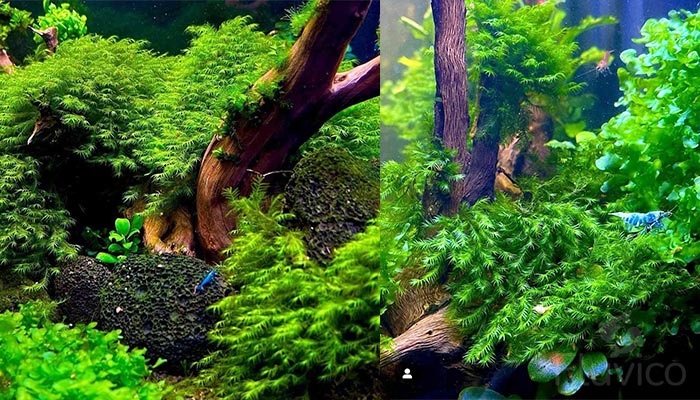
Facts & Overview – Phoenix Moss
Phoenix Moss is versatile and hardy, making it a great choice for both beginners and experienced aquarists. It thrives well in a variety of lighting and water conditions and is generally undemanding when it comes to care and maintenance.
The magic of Phoenix Moss is in its growth pattern. It grows vertically, and its fronds spread out in all directions, creating a feather-like effect, much like the wings of a Phoenix.
This moss provides a gorgeous backdrop and a safe haven for smaller aquatic creatures who love to hide in its feathery fronds. What sets Phoenix Moss apart is its compatibility.
It happily coexists with a wide range of tank mates, both plant and animal. Plus, it doesn’t take over the tank, growing at a moderate pace that allows you to shape and prune it as per your aquascape vision.
So, if you’re planning to add a touch of verdant charm and a splash of ‘Phoenix’ magic to your aquarium, this moss is the way to go. It’s all about rising to the occasion and making your tank the best it can be!
| Fact | Details |
|---|---|
| Scientific Name | Fissidens fontanus |
| Common Name | Phoenix Moss |
| Native Region | North America |
| Max Size (Approx) | 4 inches (10cm) |
| Light Requirements | Low to Medium |
| Ideal Water Parameters | pH 5.5 – 7.5, Temperature 20-28°C |
| Growth Rate | Slow to Medium |
| Tank Placement | Midground or Background |
| Propagation | Division or Fragmentation |
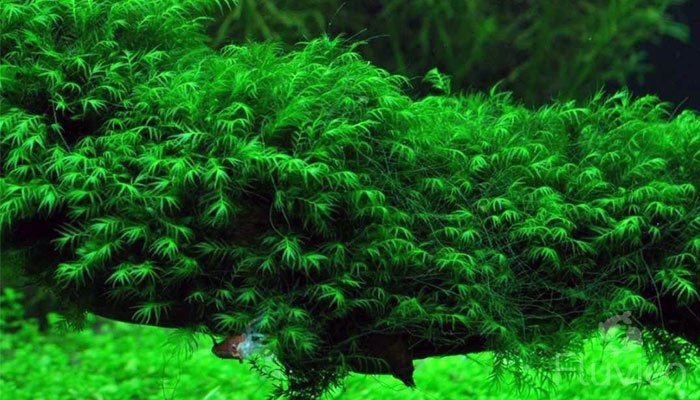
Care & Growing Guide
Caring for Phoenix Moss (Fissidens fontanus) doesn’t require a lot of hassle, and this is why it’s often a favourite among aquarists. However, there are still some basic factors you need to keep in mind.
Tank Requirements
Phoenix Moss is not a picky plant. It can thrive in various tank environments, whether it’s a low-tech setup or a high-tech planted tank. But remember, it needs something to attach to – like rocks or driftwood.
Tank Size
Tank size doesn’t impose a limit on this versatile moss. Whether you have a nano tank or a large aquarium, Phoenix Moss can find a place in it. Just make sure it has enough space to spread its fronds without overshadowing other plants.
Water Parameters
Phoenix Moss adapts to a wide range of water parameters. The ideal temperature is between 20-28°C, with a pH of 5.5 – 7.5. It can also tolerate a wide range of hardness levels.
Nutrition
As with all aquatic plants, Phoenix Moss will benefit from a nutrient-rich environment. Adding a quality liquid fertilizer can enhance its growth and overall health.
CO2
While it’s not a requirement, Phoenix Moss can benefit from CO2 supplementation, especially in a high-tech tank setup. This can enhance its growth and vibrancy.
Lighting
Phoenix Moss does well in low to medium lighting conditions. Too much light can cause algae issues, which can overrun the moss and affect its health.
Substrate
Substrate isn’t crucial for Phoenix Moss as it’s typically attached to hardscape materials like rocks or driftwood. However, it can also be planted in substrate with the right care.
Trimming & Pruning
Keep your Phoenix Moss looking its best by regularly trimming and pruning. This not only maintains its appearance but also encourages denser growth.
Tips to Make Your Phoenix Moss Grow Faster
While Phoenix Moss isn’t a fast grower, maintaining optimal water conditions, providing adequate light, and supplementing with CO2 and liquid fertilizers can help speed up the growth. Regular pruning also promotes bushier and more vigorous growth.
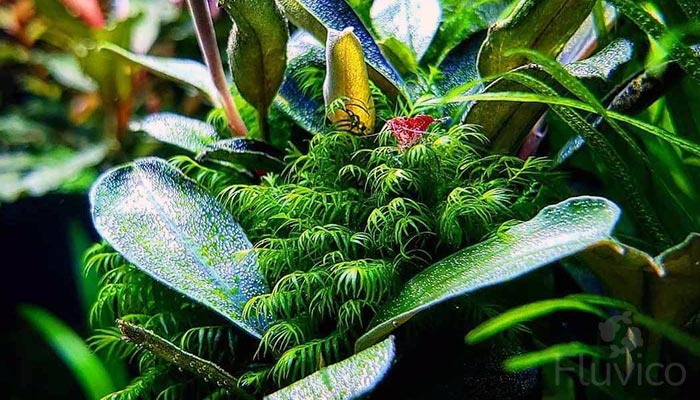
Compatible Tank Mates
Phoenix Moss is quite the diplomat when it comes to making friends in the tank. It’s compatible with a variety of tank mates, including but not limited to small fish, shrimp, and snails. Just be aware of species that have a taste for plants – you don’t want your Phoenix Moss to end up as a salad!
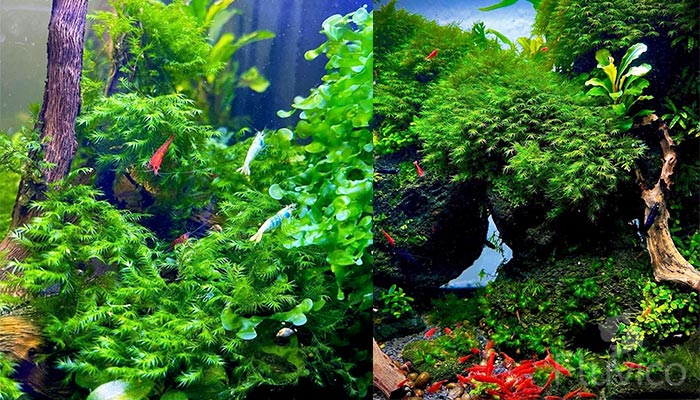
How to Plant, Aquascape & Propagate Phoenix Moss
Phoenix Moss is usually grown attached to hardscape materials like rocks, driftwood, or even netting for a moss wall effect.
Its propagation is quite straightforward too, making it a wonderful addition to your aquascape project.
How To: Attach Phoenix Moss To Driftwood or Hardscape
Attaching Phoenix Moss to your hardscape is easy. Simply take a portion of the moss and place it on the surface of your choice, then use fishing line or cotton thread to secure it in place.
Over time, the moss will attach itself to the surface, and you can remove the thread if you wish.
How to Propagate Phoenix Moss
Propagation is as simple as taking a cutting from a healthy parent plant and attaching it to a new surface. Just ensure the cutting has plenty of fronds and is anchored securely to encourage growth.
Tips for Planting Phoenix Moss for effective carpet coverage
If you’re aiming for a moss carpet effect, start by spreading small sections of the Phoenix Moss across a mesh or netting. Secure it in place and lay the mesh flat on your substrate.
With time, the moss will grow through the mesh, creating a lush, green carpet. Just remember, patience is key – Phoenix Moss doesn’t grow overnight, but when it does, it’s worth the wait!
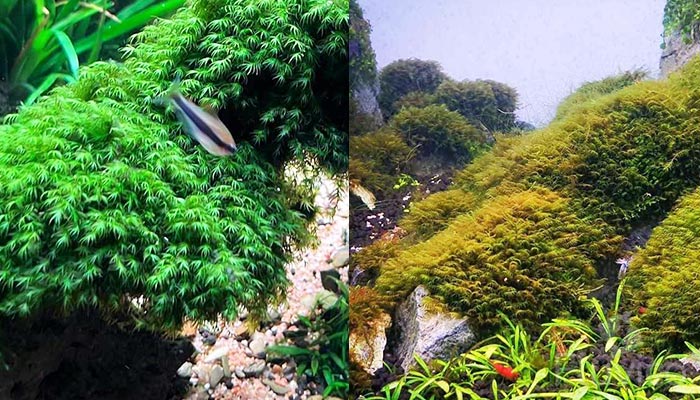
Common Issues (FAQs & Solutions)
Mosses like the Phoenix Moss are generally easy to care for, but like any plant, they can face their share of issues. Let’s dive into some of the common problems and their solutions.
Turning Yellow
If your Phoenix Moss is turning yellow, it might be a sign of poor water quality or a nutrient deficiency. Check your tank’s pH, nitrate, and nitrite levels. If the water parameters are fine, consider supplementing the water with a quality plant fertilizer. Always follow the recommended dosages to prevent over-fertilization.
Turning Brown
Browning moss could be a sign of low light or inadequate CO2. If your tank’s light is dim or old, consider upgrading to a more plant-friendly model. If the lighting is fine, check your CO2 levels – your moss might appreciate a boost.
Black Spots
Black spots might indicate algae growth, which can occur if your tank has excessive light or nutrients. Consider reducing your tank’s light hours or adjusting your feeding schedule to prevent excess nutrients in the water. If the problem persists, a specialized algae treatment might be necessary.
Slow Growth
Phoenix Moss is not the fastest grower, but if you notice a significant slowdown, it could be a sign of poor nutrition or inadequate light. Double-check your tank’s lighting setup and consider using a plant fertilizer to provide the necessary nutrients.
Shedding
Shedding can happen if the moss is stressed, often due to changes in water parameters or lighting. Keep your tank conditions stable to prevent this issue. If the moss has already started shedding, remove the shed pieces to prevent them from rotting and causing water quality issues.
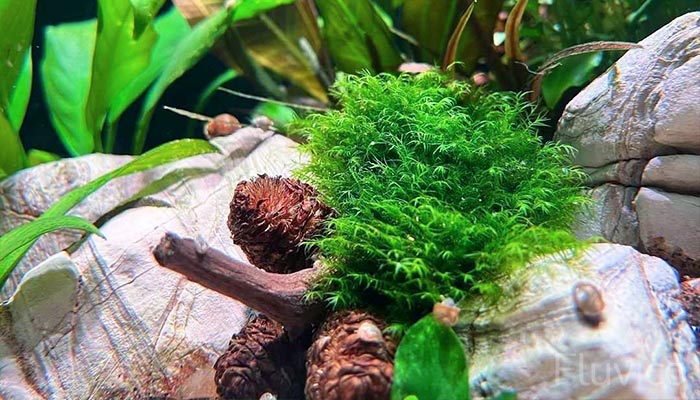
Should You Add Phoenix Moss to Your Aquarium?
Absolutely! Phoenix Moss is a versatile and attractive addition to any freshwater tank. It’s easy to grow and maintain, perfect for both beginners and experienced aquarists.
It provides excellent coverage and can even serve as a natural filter, trapping debris and providing a surface for beneficial bacteria. So why wait? Start your Phoenix Moss adventure today!
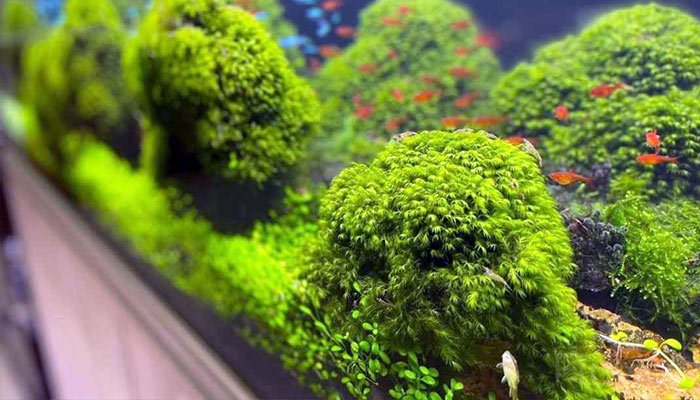

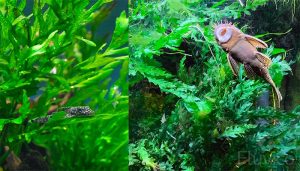


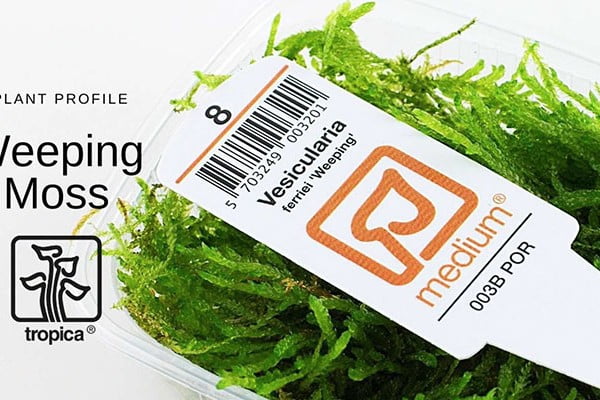
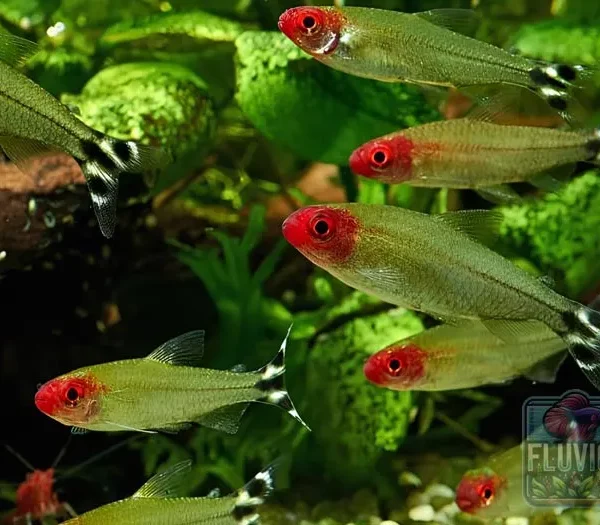
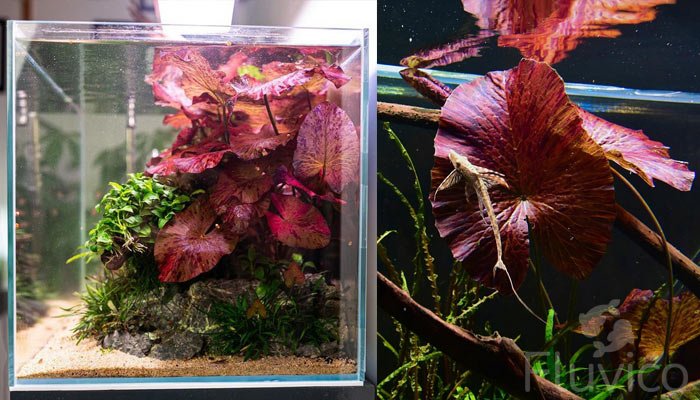

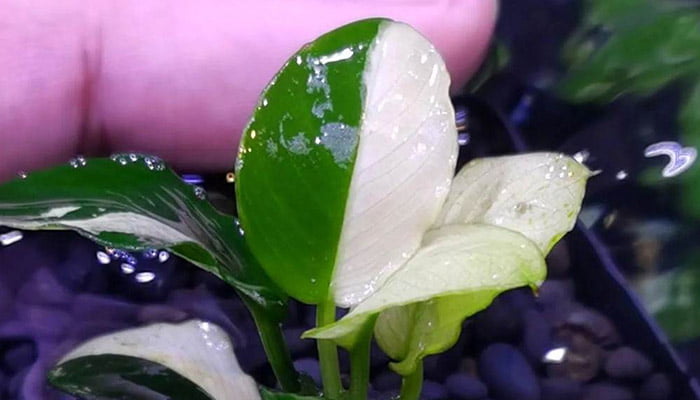

Phoenix Moss is one of my absolute favourite mosses to use when setting up a new aquarium. If you have any questions? comment below and myself or Dan will be happy to help : )